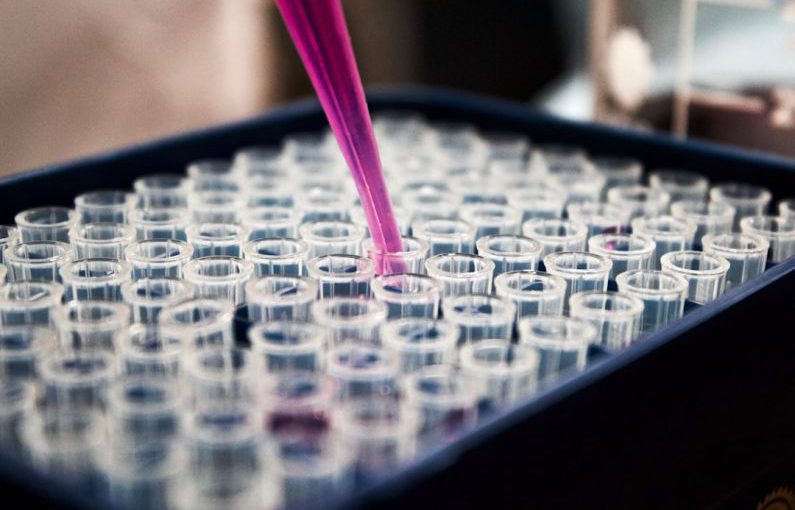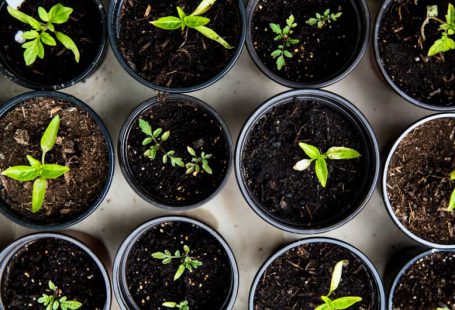The Future of Meat: Could Lab-grown Meat Replace Traditional Meat?
Meat consumption has been a staple of human diets for centuries, providing essential nutrients and flavors to countless dishes across various cultures. However, as the global population continues to grow, concerns about the sustainability and ethical implications of traditional meat production have led to the rise of an innovative alternative: lab-grown meat.
Understanding Lab-grown Meat
Lab-grown meat, also known as cultured meat or cell-based meat, is produced by cultivating animal cells in a laboratory setting. Scientists isolate stem cells from an animal and then stimulate their growth to form muscle tissue, which ultimately creates a product that closely resembles traditional meat in terms of taste, texture, and nutritional content.
Reducing Environmental Impact
One of the key advantages of lab-grown meat is its potential to significantly reduce the environmental impact of traditional meat production. Conventional livestock farming is a major contributor to greenhouse gas emissions, deforestation, water pollution, and biodiversity loss. In contrast, lab-grown meat requires far fewer resources, such as land, water, and feed, making it a more sustainable option for meeting the growing global demand for protein.
Addressing Animal Welfare Concerns
Another compelling reason to consider lab-grown meat as a viable alternative to traditional meat is its potential to address animal welfare concerns. The industrial farming practices used in conventional meat production often involve overcrowding, confinement, and inhumane treatment of animals. By producing meat directly from animal cells without the need for raising and slaughtering animals, lab-grown meat has the potential to eliminate animal suffering associated with the meat industry.
Challenges and Opportunities
While the promise of lab-grown meat is significant, there are still several challenges that need to be addressed before it can become a mainstream alternative to traditional meat. One of the primary obstacles is the high cost of production, which currently makes lab-grown meat more expensive than conventionally produced meat. However, as technology advances and production scales up, costs are expected to decrease, making lab-grown meat more accessible to consumers.
Consumer Acceptance and Regulation
Consumer acceptance and regulatory approval are also crucial factors that will determine the success of lab-grown meat in the marketplace. While some consumers may be hesitant to embrace this new technology due to concerns about safety or taste, others may be intrigued by the potential environmental and ethical benefits. Clear labeling and transparent communication about the production process will be essential to building trust and acceptance among consumers.
The Role of Innovation and Collaboration
In order for lab-grown meat to fulfill its potential as a sustainable and ethical alternative to traditional meat, continued innovation and collaboration among scientists, food producers, policymakers, and consumers will be essential. Research into improving the taste, texture, and nutritional profile of lab-grown meat, as well as efforts to scale up production and reduce costs, will be critical to driving the industry forward.
Looking Ahead: A New Era of Meat Production
As the global population continues to grow and the demand for protein-rich foods increases, the need for sustainable and ethical solutions to meat production becomes more urgent. Lab-grown meat represents a promising innovation that has the potential to transform the way we think about meat consumption and production. While there are still challenges to overcome, the ongoing development and adoption of this technology offer hope for a future where traditional meat could be replaced by a more sustainable and ethical alternative.





